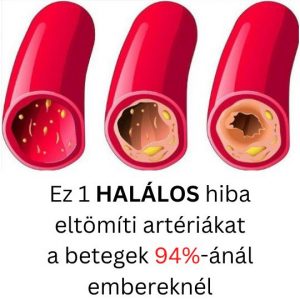The #1 Rated Blood Sugar Formula
High Blood Pressure Reasons Differ by Gender in Young Adults

What causes hypertension in young adults?
The cause of high blood pressure in young adults isn't always known, but addressing obesity, sedentary lifestyle and excessive alcohol or salt can be the first steps toward bringing your blood pressure down.
Can you have hypertension in your 20s?
Even if you're a young adult, you aren't too young to be affected by high blood pressure. In fact, almost half of adults over the age of 20 have elevated or high blood pressure — even if they appear healthy. High blood pressure doesn't cause obvious symptoms, but that doesn't mean it should be ignored.
There are marked gender differences in what drives blood pressure in middle-age in adulthood, suggesting the need for gender-specific treatments for high blood pressure, according to research presented today at the American Heart Association (AHA) Council on Hypertension, AHA Council on Kidney in Cardiovascular Disease, American Society of Hypertension Joint Scientific Sessions 2017, in San Francisco.
Background
"Blood pressure is determined mainly by three factors: heart rate; stroke volume, which is the volume of blood pumped by the heart; and the resistance to blood flow through the vessels, called total peripheral resistance. An increase in any one of the three factors can lead to an increase in blood pressure," said study author Catriona Syme, Ph.D., postdoctoral fellow at The Hospital for Sick Children (SickKids) in Toronto, Ontario, Canada.
Key Takeaway
For young and middle-aged women, stroke volume was the main determinant of blood pressure, while, in men, vascular resistance was the main determinant of blood pressure." Syme and colleagues studied 1,347 Canadians from the Saguenay Youth Study, including 911 adolescents and 426 adults ages 36 to 65 years. The researchers used a device that measures beat-by-beat blood pressure and the underlying forces of heart rate, stroke volume and total peripheral resistance. In the approximately hour-long protocol, they measured these variables at rest, and during posture changes and a mental stressor -- all designed to mimic daily life activities, according to Syme.Researchers found:
- In females, stroke volume explains 55 percent of the variance in systolic blood pressure (the top number in a blood pressure reading), versus only 35 percent in males.
- In males, the major determinant of systolic blood pressure was total peripheral resistance, which explained 47 percent of the variance, versus only 30 percent in females.
- These gender differences were seen across most of the 52-minute protocol, being most prominent during standing and least evident during mental stress, according to the abstract.







